AR map
Do you have any thoughts on this post?
New poll shows strong support for additional wildlife crossings and new conservation measures for seasonal habitats
As snowpack melts across the West and we begin to see the signs of spring, herds of elk, mule deer, and antelope are on the move. After a long winter, these animals need to seek out the best-available food sources and will travel long-established migratory routes to reach their summer ranges.
These seasonal patterns of movement are critical to the health of big game herds, but roads and development have fragmented these seasonal habitats and the routes animals need to use them. Highways in particular not only pose a barrier to migrating herds, as GPS collar data has shown; collisions between wildlife and vehicles pose a significant safety risk to drivers and passengers on our roads.
But sportsmen and women should be encouraged by a new report out of Oregon, which demonstrated overwhelming support for two critical issues facing the West’s big game animals: migration corridor conservation and highway crossings for wildlife.
According to the poll, conducted by the research firm GBAO Strategies for The Pew Charitable Trusts, registered voters in Oregon were overwhelmingly in favor of migration corridor conservation and stronger funding for the wildlife bridges and underpasses that allow big game animals to cross busy roadways.
Here’s a breakdown of some of the numbers highlighted in the report:
The Oregon Department of Transportation (ODOT) estimates that there are more than 7,000 wildlife-vehicle collisions in the state. Including medical bills, emergency responder resources, and losses in productivity, the agency suggests these accidents cost more than $44 million in 2018.
These findings are in keeping with a previous Pew poll in Nevada that showed a similarly overwhelming level of support for migration route conservation and wildlife crossings.
In 2019, the Oregon Legislature also showed support for wildlife crossings when Governor Brown signed into law the Wildlife Corridor and Safe Road Crossing Act. The bill directs the Oregon Department of Fish and Wildlife and the Oregon Department of Transportation (ODOT) to work together to develop an action plan that will provide guidance to state agencies to designate and protect known migration corridors. Additionally, the action plan will include a list of priority hot spots on roadways where ODOT will adopt a program to reduce wildlife-vehicle collisions. Sportsmen and women were strong advocates for this legislation and continue to work with the state agencies on writing this plan.
It’s encouraging to know that the vast majority of Oregonians and other Westerners agree that funding these projects is a commonsense investment in the safety of our roadways. The TRCP will continue to work with partners, state agencies, and the federal delegation to ensure that Oregon is successful in installing more crossings across the state for the benefit of wildlife and hunters alike.
Photo: Oregon Department of Fish & Wildlife via Flickr
Queen Bess Island lies just a short boat ride from Grand Isle, Louisiana’s only inhabited barrier island and one of the Gulf of Mexico’s top recreational fishing destinations. Locals call it “Bird Island” because it’s home to the largest nesting colony of brown pelicans in the state as well as thousands of gulls, herons, and other coastal birds. It’s also a great place to catch speckled trout, sheepshead, redfish, and other popular recreational targets.
A decade ago, Queen Bess Island was one of the first places oiled by the Deepwater Horizon spill, fouling nesting areas and coating birds in thick, tarry crude. In the decade since, most of the island sank into Barataria Bay and was battered by storms, further reducing nesting areas and fishery production. However, an investment of $19 million in oil spill penalties has brought the island back using sand dredged from the Mississippi River and rock breakwaters to protect it from erosion, allowing pelicans to thrive and the fishermen to find speckled trout along its shore for decades to come.
Why post-COVID economic recovery efforts should include investments in our public lands, fish and wildlife habitat, and outdoor recreation infrastructure
While the coronavirus pandemic has significantly affected the health of Americans and stressed entire segments of the economy, the efforts of our lawmakers to negotiate and pass multiple emergency supplemental funding bills deserves recognition. These steps have improved COVID-19 response and helped to protect America’s small businesses and workers.
This effort has focused on providing support for those who are struggling—and rightly so. The legislation even incentivizes those with the means to contribute to first-response efforts, care groups, and nonprofits like the TRCP.
But when the time comes to turn our attention to economic recovery and putting Americans back to work, we believe that Congress should make key investments in conservation. Here is what we’d prioritize and why.
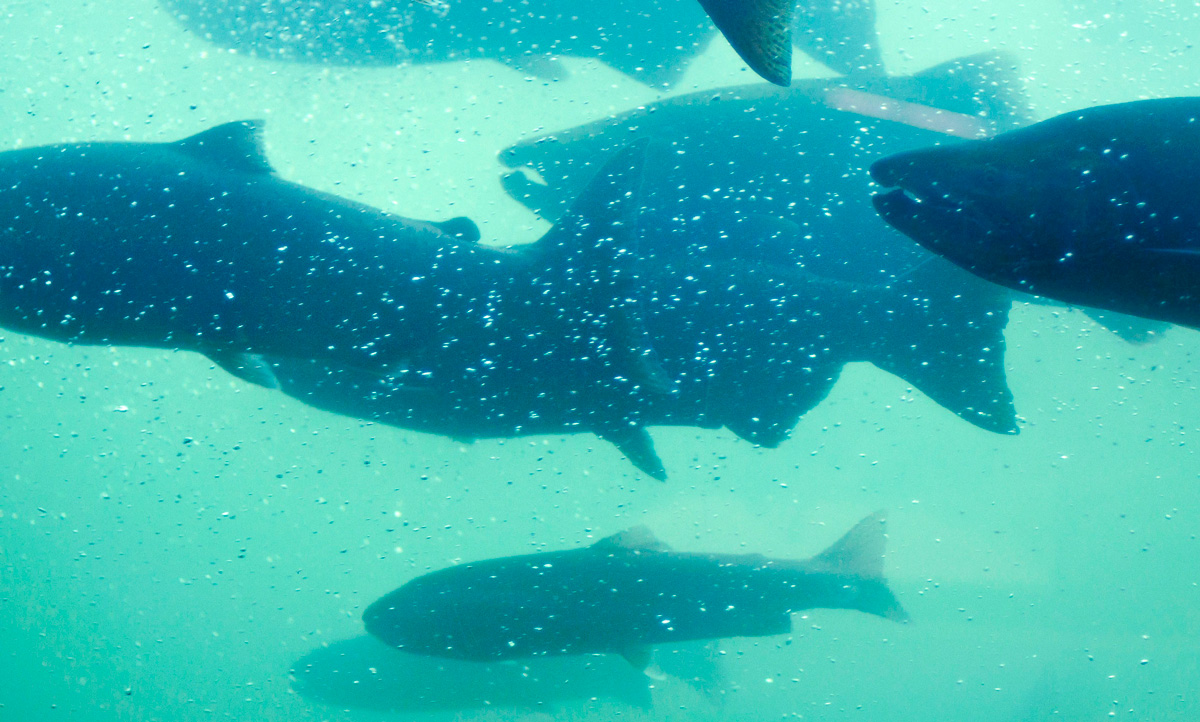
Think: Improvements to access roads, boat ramps, campgrounds, visitor facilities, and other deferred maintenance projects that have been sorely underfunded on our public lands.
The benefits of investing in this recreation infrastructure are clear and compelling. According to the Bureau of Economic Analysis, outdoor recreation’s annual economic impact is $778 billion each year. While 40 million Americans hunt and fish each year, it is likely that millions more have enjoyed the benefits of the outdoors over the past several weeks and will continue to do so in the months ahead. It has become evident that American wellbeing is inextricably linked to our commitment to conserving and improving our great outdoors. Investing in the restoration of our nation’s natural resources helps get people back to work.
These investments attract new businesses, recruit and retain employees, and improve quality of life by supporting rural economies, connecting urban populations with our natural treasures, and helping people build healthy lives. In the bargain, we get cleaner air and water, improved fish and wildlife habitat, and better experiences afield.
Congressional leaders should keep this in mind.
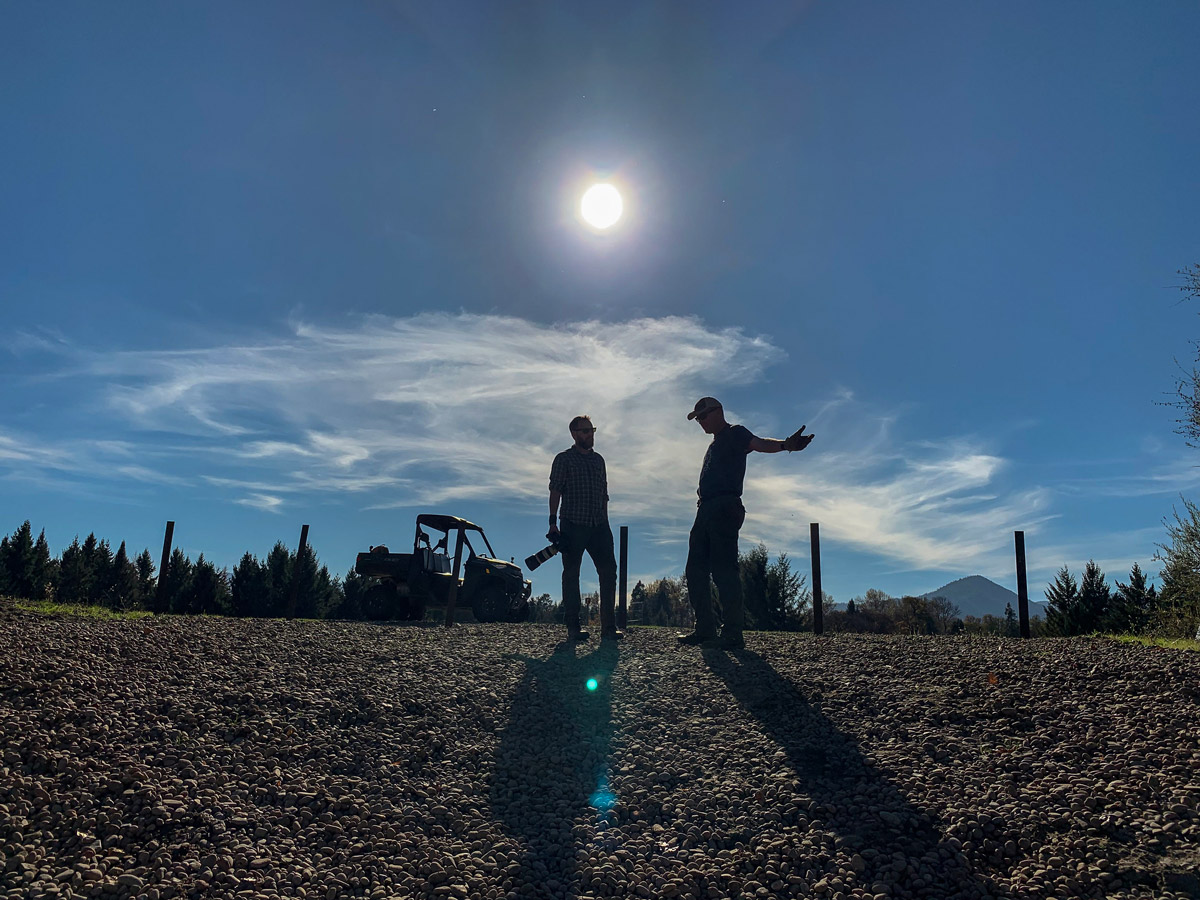
Given that the current highway bill expires in September 2020, the conservation community sees this as an opportunity to improve federal road systems, greenways, campgrounds, trails, marinas, and bike paths that connect our communities, improve safety, enhance quality of life, and drive forward recreation economies for rural and urban areas alike. The TRCP is especially supportive of language in the existing Senate bill that funds wildlife-friendly highway crossings at $250 million over five years.
Along with this influx of cash, however, it is critical that design and construction of our roads, highways, bridges, ports, and airports is better integrated into our communities and natural systems—beginning from the project inception phase. As the country recovers and gets back to work, we’ll need to look for every opportunity to reduce costs, address costly safety concerns, expedite project timelines, reduce environmental impacts, and respond to societal needs. Congress has a chance to lead on improved implementation of nature-based and natural infrastructure solutions—including fish and wildlife crossings and connectivity, stormwater reduction, and wetlands restoration—that are smart from the start.
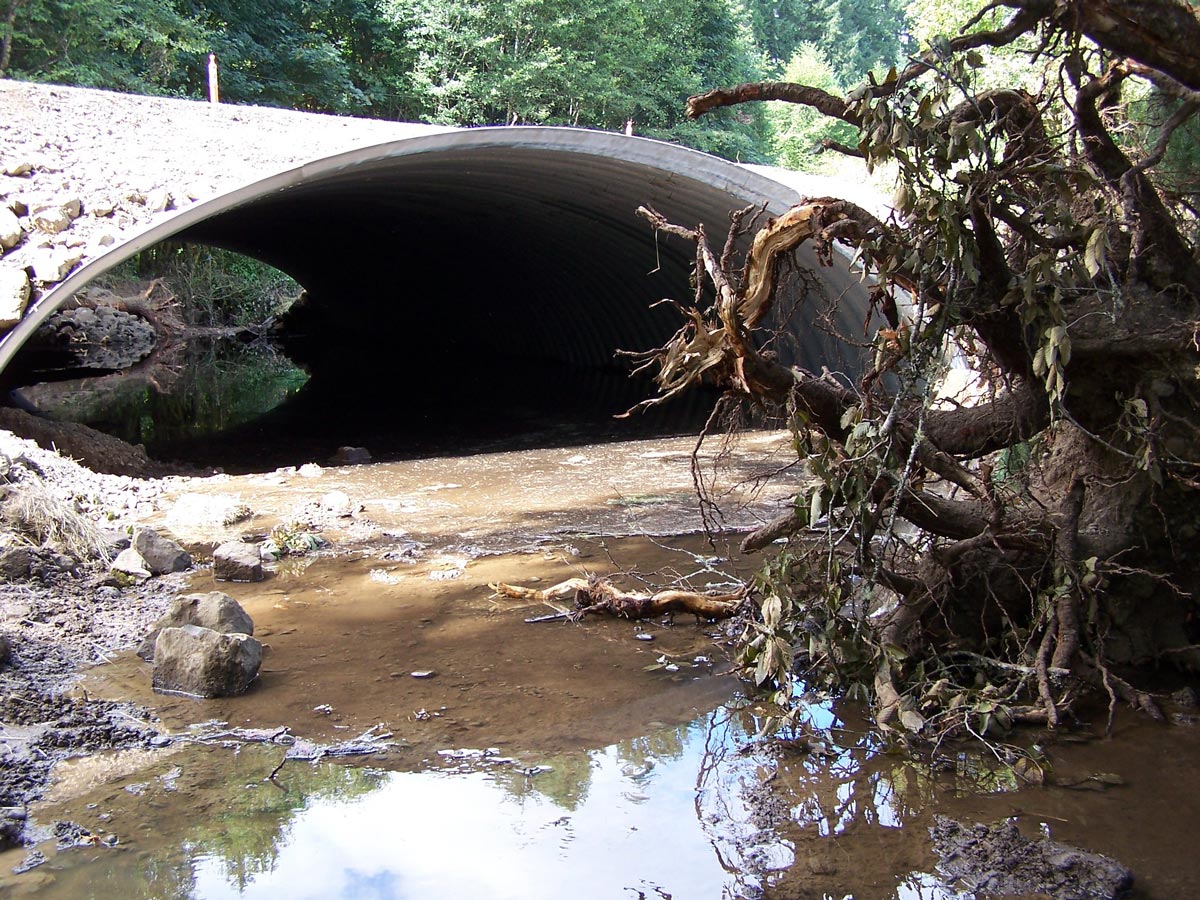
Congress also needs to address the biennial authorization of the Water Resources Development Act, which traditionally garners widespread bipartisan support. Conservationists strongly encourage lawmakers to specifically include robust funding for studies and restoration projects in the Mississippi River watershed and programs that build drought resiliency, increase water efficiency, and infuse critical resources for our nation’s Western water delivery systems and agricultural sector.
Across the federal government, there are a suite of habitat restoration programs designed to benefit fish and wildlife and enhance the resiliency of our natural systems, including the North American Wetlands Conservation Act, the National Fish Habitat Partnership, and the Forest Service Legacy Roads and Trails Program. These on-the-ground restoration programs infuse important resources into local communities, generate construction jobs, leverage state, local, and private sector resources at ratios of 3:1 or greater, and provide countless environmental benefits for our local communities.
There are also high-priority projects across the country to reverse wildfire damage, remove invasive species, restore habitat and water quality, and empower outdoor recreation users to get involved in conservation and wildlife research.
These efforts could productively and rapidly utilize an influx of funding to achieve meaningful on-the-ground conservation work, and we strongly encourage funding for these programs to be included in the stimulus. But legislative language should ensure that funding for projects should be contingent on the completion of an appropriate level of environmental review, with a strong preference for projects that have already been subject to environmental analysis.
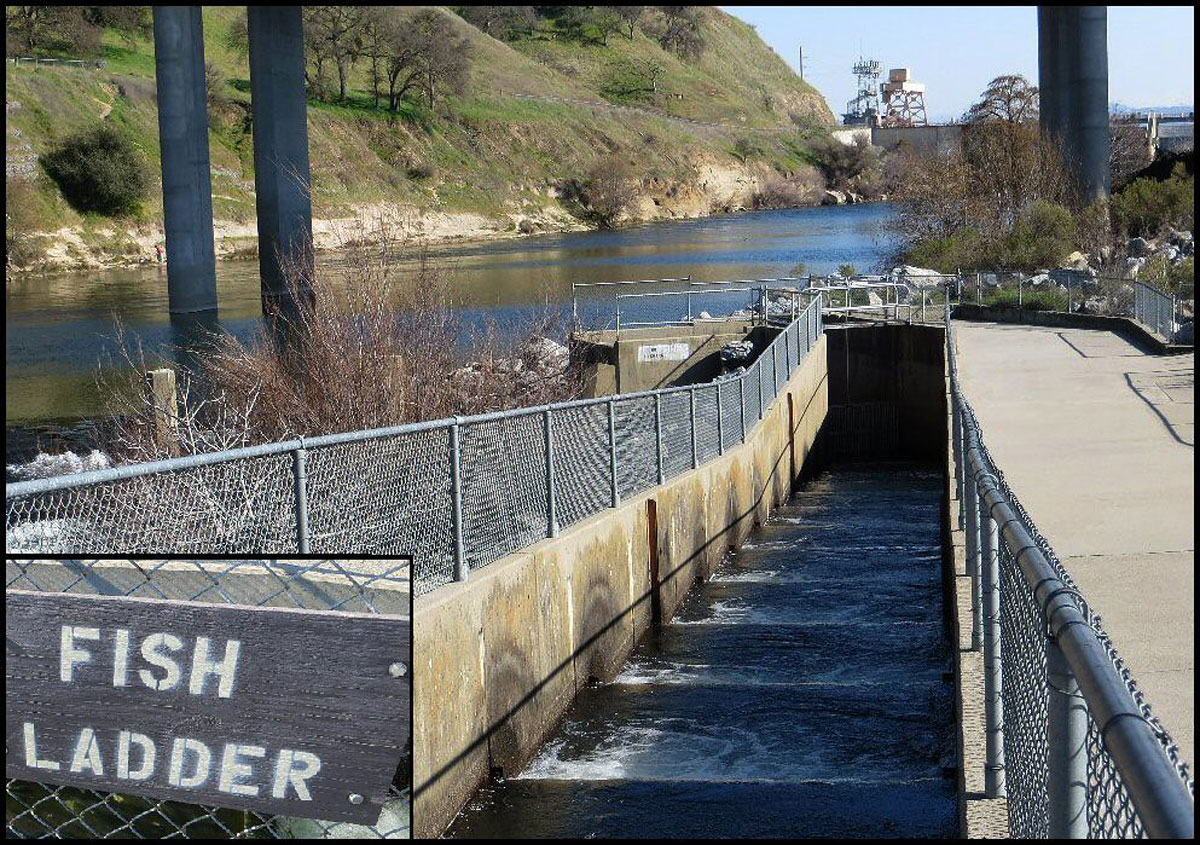
It’s important to note that lawmakers have taken these steps before. In what became a successful effort to get the economy moving again after the financial crisis of 2008, Congress passed the American Recovery and Reinvestment Act. Among a host of other provisions, ARRA wisely included substantial investments in public lands, fish and wildlife habitat restoration, and water quality, sending critical funding to projects that had the dual benefit of getting people back to work and providing a multitude of clear public benefits.
Certainly, COVID-19 is the most serious threat our nation and our world has faced in many years, and Congress must continue to combat the virus and its impact on our healthcare system and vulnerable populations. But in the midst of this crisis, addressing our natural resources and outdoor recreation infrastructure is also of particular relevance, as so many Americans seek renewal and reconnection on public lands and waters. The current economic situation seems well-suited for committing to America’s outdoor resources and the jobs they can create.
Support these priorities by taking action HERE.
This post was updated on July 22, 2020, when the House passed the Great American Outdoors Act, securing a top priority for creating shovel-ready jobs that we listed here previously.
Top photo of a fish-friendly culvert project by Washington State Department of Transportation via flickr.
A handful of page-turners to keep hunters and anglers entertained and educated
Perhaps not surprisingly, given his well-known curiosity and his own accomplishments as a writer, Theodore Roosevelt was a voracious reader. He often juggled several books at once, covering wide-ranging subjects, and commonly recommended or sent books to friends and acquaintances.
With more time at home than usual, many Americans are finding time to catch up on the reading that can seem difficult to fit into everyday life. So we reached out to staff, board members, and friends of TRCP for suggestions on what books sportsmen and women might enjoy during these strange times.
I am reading Walter Stahr’s Seward: Lincoln’s Indispensable Man, a detailed biography of the disheveled man from Auburn, New York, who would be President Lincoln’s right hand throughout the depths of the Civil War, and would go on to serve as Secretary of State for another three years after Lincoln’s death. Of course, we have Seward to thank for the acquisition of Alaska from Russia, often referred to as ‘Seward’s Folly.”
Steve Kline, chief policy officer, TRCP
To be fair, it was the film adaptation of A River Runs Through It that inspired so many people, including me, to pick up a fly rod for the first time. But Maclean’s prose deserves all of the credit. The writing is, at times, impossibly beautiful and feels effortless—much like a perfect fly cast. And the final sentence will stay with you, always.
Colin Kearns, editor-in-chief, Field & Stream
Butcher’s Crossing: A Novel by John Williams tells the story of a buffalo hunt in the 1870s. The conservation movement was driven in part by the slaughter of animals in the second half of the 19th century enabled by improved firearms, improved transportation, and a growing population. This realistic novel of a late buffalo hunt curled my hair.
John Griffin, TRCP Board of Directors
I would recommend Endurance: Shackleton’s Incredible Voyage by Alfred Lansing, about the failed attempt to cross Antarctica in 1914. It is a really good read about leading through challenge – and a cool historical story.
Becky Humphries, chief executive officer, National Wild Turkey Federation
I’m currently reading the novel A Gentleman in Moscow, which was a wedding gift last year from a mentor in the outdoor industry. It’s entirely different from what I’m usually reading, but now is the perfect time to dive into some fiction that takes place in a world far away. It’s a charming story that really takes me out of the day-to-day and I appreciate how little it relates to what I spend most of my time thinking and worrying about. Now is definitely the time for all my non-fiction lovers to pick up a good novel!
Jessica Wahl, executive director, Outdoor Recreation Roundtable
Fishing Through the Apocalypse by Matthew Miller: Writer and conservationist Matthew Miller manages to write a series of stories about the dire situation for fish in this country, while also making the reader feel hopeful. Each one is full of valuable insight and information packaged together as entertaining fishing stories. If you need a watery escape, pick this one up.
H is for Hawk by Helen Macdonald: This novel is part a story about overcoming grief and largely a story about hawks, hunting and a human’s connection to the wild. It’s also a pure joy to read. Her sentences, paragraphs, pages and chapters read like music, even as that music describes a hawk eviscerating a rabbit.
Christine Peterson, journalist and vice president of the Outdoor Writers Association of America
The one I’m reading now is The Death and Life of the Great Lakes by Dan Egan, a fascinating account of how we have abused the Great Lakes. It is a good read and also provides hope if we chose to undo, or at least not repeat, some of the mistakes of the past.
Whit Fosburgh, president and chief executive officer, TRCP
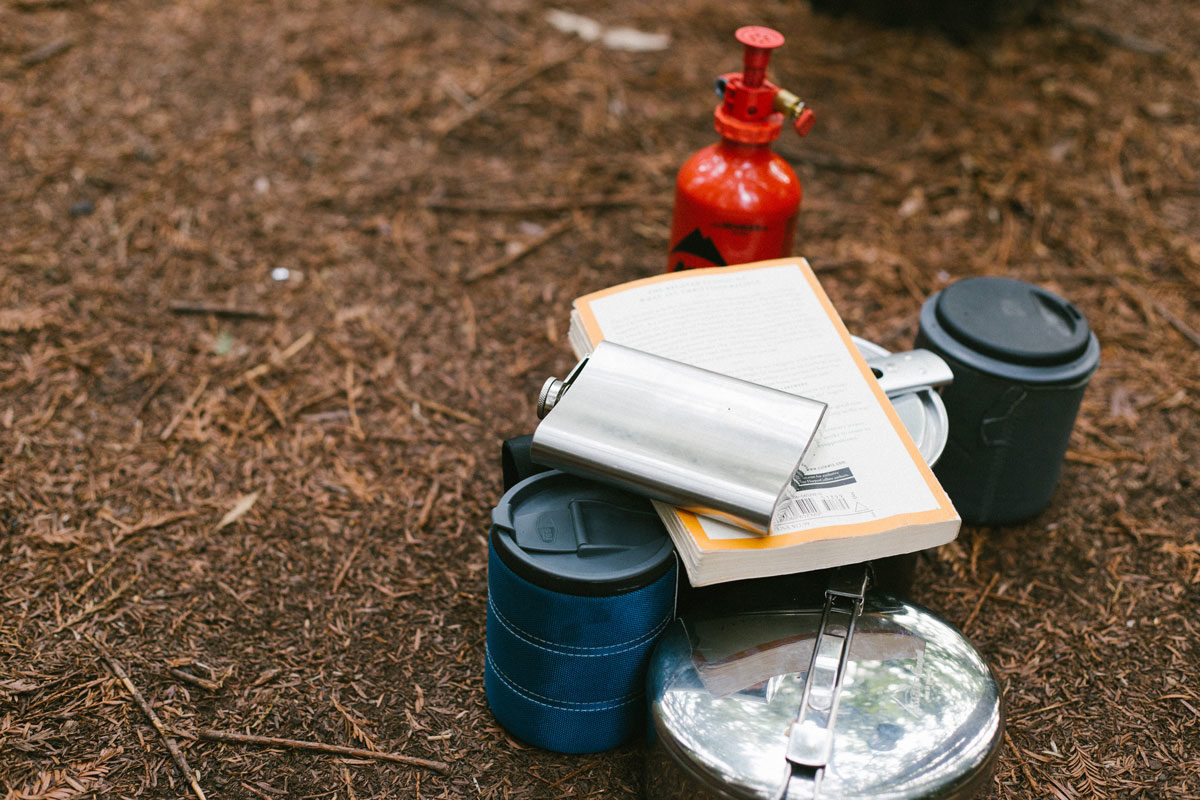
A Sand County Almanac by Aldo Leopold (1939)
“If you want to read a single book that speaks to the foundations of wildlife ecology and management in the United States, this is the one.”–Dave Hays, Boise, ID
Wilderness Warrior: Theodore Roosevelt and the Crusade for America by Douglas Brinkley (2010)
“One of the best books I’ve read on Teddy Roosevelt’s fight to establish the public lands that we hold dear and his uncompromising values regarding the great outdoors and his passion for fair chase hunting.”–Gary Payeur, Florissant, MO
American Buffalo: In Search of a Lost Icon by Steven Rinella (2008)
“The book does a fantastic job describing the history of the buffalo in North America. The story is all told in parallel to the author pursuing this wonderful game animal. Once the history is told and a buffalo is in the meat is packed out, the author describes the future of the animal and how we can continue to help preserve it going forward.”–Zachary Denton, Peawaukee, WI
The Old Man and the Boy by Robert Ruark (1957)
“This is a book on raising a child to appreciate the outdoors, hunting, and becoming a sportsman, told in an incredibly poignant and humorous way.”–Glen Carlson, Silverdale, WA
That Wild Country: An Epic Journey through the Past, Present, and Future of America’s Public Lands by Mark Kenyon (2019)
“Best book I’ve ever read about public lands. Kenyon does an extraordinary job weaving his personal storytelling with the history, current status, and future of public lands. It is motivating and awe-inspiring.”–Garrett Miller, Butler, PA

Beyond the Hundredth Meridian: John Wesley Powell and the Second Opening of the West by Wallace Stegner (1954)
The Big Burn: Teddy Roosevelt and the Fire that Saved America by Timothy Egan (2009)
Desert Solitaire: A Season in the Wilderness by Edward Abbey (1968)
Goodbye to a River by John Graves (1960)
The Invention of Nature: Alexander Humboldt’s New World by Andrea Wulf (2015)
The Overstory: A Novel by Richard Powers (2018)
The Everglades: River of Grass by Marjory Stoneman Douglas (1947)
Salmon Without Rivers: A History of the Pacific Salmon Crisis by Jim Lichatowich (1999)
The Tenth Legion by Col. Tom Kelly (1973)
Add your favorite to our list here.
If you’re looking to pick up one of these titles, be sure to click through to our AmazonSmile page so that a percentage of your purchase is donated to the TRCP. Happy reading!
Theodore Roosevelt’s experiences hunting and fishing certainly fueled his passion for conservation, but it seems that a passion for coffee may have powered his mornings. In fact, Roosevelt’s son once said that his father’s coffee cup was “more in the nature of a bathtub.” TRCP has partnered with Afuera Coffee Co. to bring together his two loves: a strong morning brew and a dedication to conservation. With your purchase, you’ll not only enjoy waking up to the rich aroma of this bolder roast—you’ll be supporting the important work of preserving hunting and fishing opportunities for all.
$4 from each bag is donated to the TRCP, to help continue their efforts of safeguarding critical habitats, productive hunting grounds, and favorite fishing holes for future generations.
Learn More
